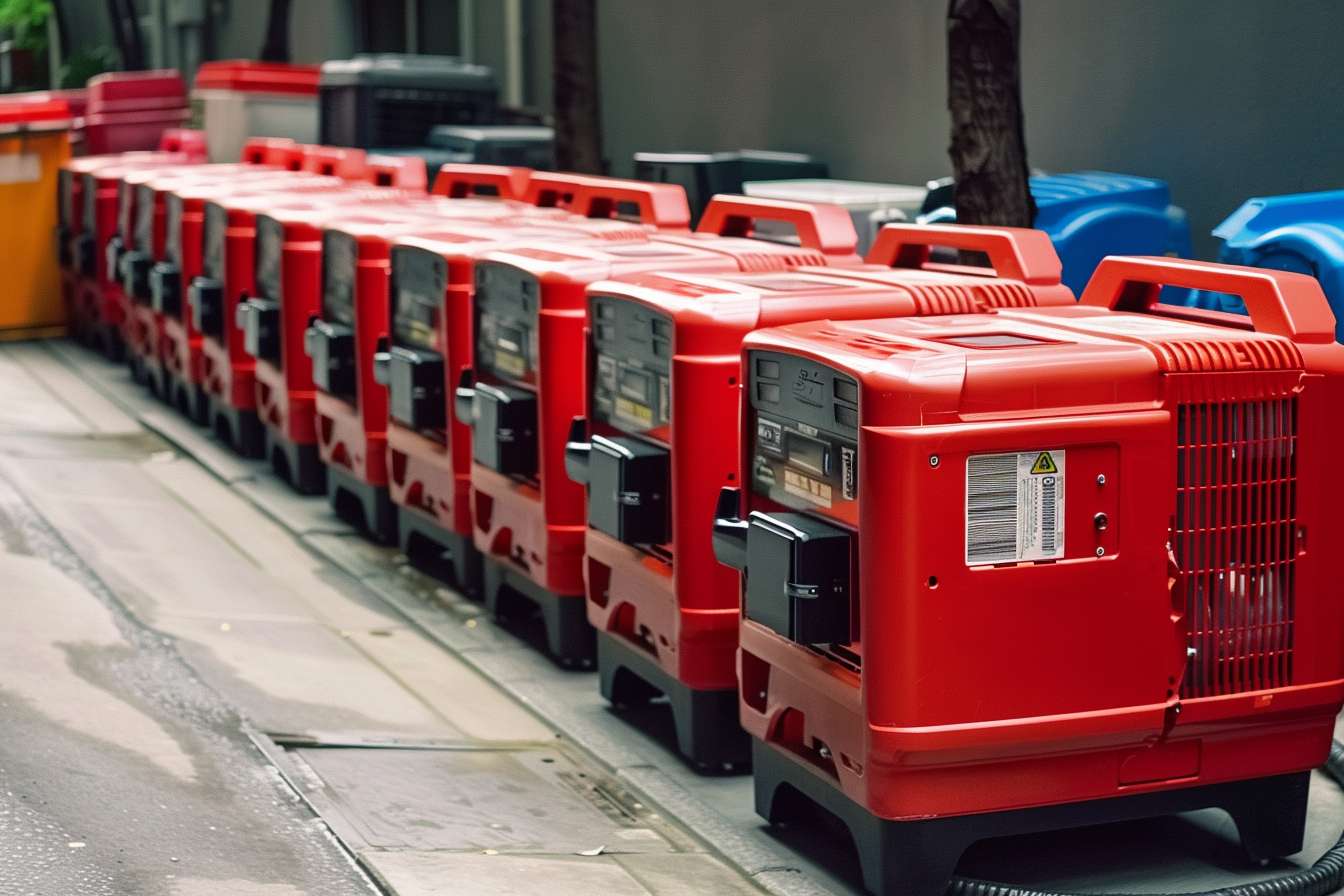Dog Kennels: Shelter, Covers, and Pet Care Guidance
A dog kennel can serve many roles: a safe resting place at home, a travel crate, or a boarding shelter while owners are away. Choosing the right kennel and accessories like a kennel cover matters for comfort, safety, and hygiene. This article explains types of kennels, how covers help protect dogs from weather and stress, everyday pet care needs in kennels, and what dog owners should consider when selecting local services.

Dog: Assessing needs by size and behavior
Every dog has unique needs based on breed, age, health, and temperament. Small breeds often need less space but benefit from soft bedding and ventilation, while larger breeds require sturdy construction and room to stand, turn, and lie down comfortably. Active or anxious dogs may do better with kennels that provide visual barriers and calming aids. Consider how long your dog will spend in the kennel daily—short naps versus extended stays—and choose dimensions and materials that match both the physical and psychological needs of your dog.
Kennel: Types, sizes, and materials
Kennels come in several common forms: wire crates, plastic travel carriers, wooden or metal outdoor kennels, and modular indoor pens. Wire crates offer visibility and ventilation, plastic carriers are lightweight for travel and airline requirements, and outdoor kennels are built for durability and weather resistance. Popular materials include powder-coated steel, ABS plastic, and treated wood. When evaluating a kennel, check for secure latches, chew resistance, ease of cleaning, and sufficient airflow. Size guidelines typically recommend a kennel that lets the dog stand, turn, and stretch without restriction.
Kennel cover: Weather protection and comfort
A kennel cover can serve multiple purposes: shielding from sun, wind, and rain for outdoor units; reducing noise and light for anxious dogs; and adding insulation in cooler climates. Covers are available in waterproof fabrics, insulated panels, and breathable mesh. For outdoor kennels, ensure the cover does not trap moisture or reduce ventilation to unsafe levels. Indoors, a partial cover or blanket can create a den-like space that helps some dogs relax. Match the cover material to your climate and the specific needs of the dog, and inspect covers regularly for wear or mold.
Pet care: Daily routines and hygiene in kennels
Maintaining good pet care in a kennel involves feeding, exercise, grooming, and sanitation. Clean bedding and disinfect surfaces regularly to prevent parasites and odors. Provide fresh water at all times and schedule walks or play sessions to meet exercise and mental stimulation needs; kennels should not replace daily interaction. For long-term boarding, ask about feeding routines, medication protocols, and cleaning schedules. Proper pet care also includes monitoring for signs of stress or illness—changes in appetite, stool, or behavior—and communicating any concerns to caregivers or a veterinarian.
Dog owner: Legal, training, and responsibility considerations
As a dog owner choosing a kennel or boarding option, you are responsible for meeting local regulations, ensuring vaccinations are current, and training your dog to handle confinement without excessive stress. Many boarding facilities require proof of vaccinations and may have rules about behavior or breed restrictions. Training a dog to accept a kennel via positive reinforcement helps reduce anxiety during travel or stays. Owners should also prepare clear instructions for caregivers, including feeding amounts, medical needs, and emergency contacts, and verify that the facility has protocols for handling illness or injury.
Local services: How to evaluate boarding and kennel options in your area
When looking for boarding, daycare, or kennel services in your area, evaluate facilities in person when possible. Check cleanliness, staffing ratios, security, outdoor access, and how staff interact with dogs. Ask about staff qualifications, emergency veterinary arrangements, and sample daily schedules for dogs in care. Reviews and recommendations from local veterinarians or fellow dog owners can provide additional perspective. Consider trial day visits to observe how your dog adapts, and confirm whether the facility accommodates special needs such as medications, dietary restrictions, or behavioral support.
Conclusion
Choosing the right kennel and kennel cover, combined with consistent pet care, helps keep dogs safe, comfortable, and emotionally supported whether at home, during travel, or in boarding. Assess your dog’s specific needs—size, health, and temperament—then match those needs to kennel type, materials, and the level of supervision you expect from local services. Thoughtful preparation, clear communication with caregivers, and routine maintenance reduce stress for both dog and owner and contribute to a healthier, more secure environment.






